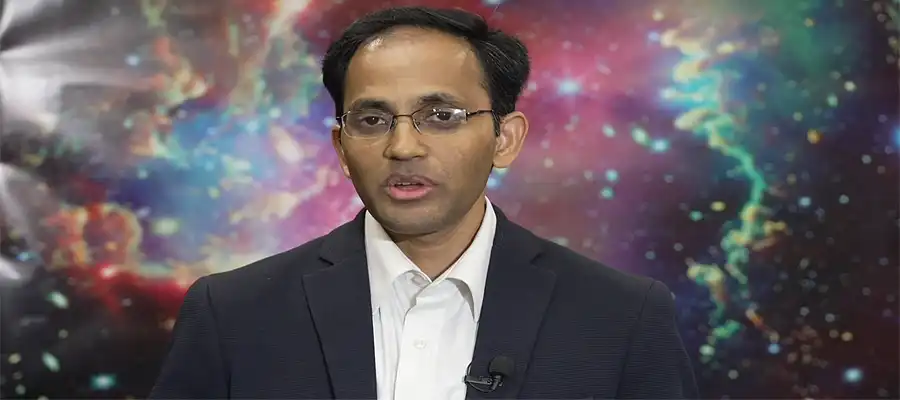Not just scientists but everyone has been silently rooting to know whether we are alone in this vast universe or, at the very least, to find a sign of their existence from afar. The good news is we are getting closer. In a promising development in the search for extraterrestrial life, a research team led by astrophysicist Dr. Nikku Madhusudhan has identified signs of possible biological activity on exoplanet K2-18b, located 120 light-years from Earth. The findings are based on the detection of dimethyl sulfide (DMS), a compound that, on Earth, is exclusively produced by living organisms.
This groundbreaking research has taken the internet by storm, leaving people curious about who Dr. Nikku Madhusudhan is. Here’s everything you need to know about him and his pivotal discovery.
Who is Professor and Dr. Nikku Madhusudhan?
Nikku Madhusudhan serves as a professor of Astrophysics and Exoplanetary Science at Cambridge University’s Institute of Astronomy. He leads a team focused on studying "hycean" worlds—planets that could support life. His work explores exoplanets, their atmospheres, how they form, and what makes them livable. He holds a PhD and an MS in Physics from MIT and earned a B.Tech from IIT-BHU (Indian Institute of Technology (BHU) Varanasi, Uttar Pradesh).
Professor Nikku Madhusudhan and his achievements
- He was awarded the MERAC Prize in Theoretical Astrophysics by the European Astronomical Society in 2019.
- The University of Cambridge gave him the Pilkington Prize for Excellence in Teaching in 2019.
- The International Union for Pure and Applied Physics (IUPAP) honored him with the Young Scientist Medal in Astrophysics in 2016.
- The Astronomical Society of India presented him with the Vainu Bappu Gold Medal in Astrophysics in 2014.
- The Yale Center for Astronomy and Astrophysics, Yale University, USA, presented him with the YCAA Prize Fellowship in 2011.
Nikku Madhusudhan and his team’s findings on the K2-18b planet?
Nikku Madhusudhan and his team have found what may be the strongest clue yet of life beyond our solar system. With the data from the James Webb Space Telescope, the team detected dimethyl sulfide (DMS) and dimethyl disulfide (DMDS) in the atmosphere of exoplanet K2-18b—chemicals that, on Earth, are produced solely by living organisms such as marine algae.
While the discovery is exciting, the team remains careful not to jump to conclusions. Madhusudhan said more research is needed, a year or two, to confirm whether these molecules could be made without life. He also mentioned that the results might be a "statistical fluke" and that it could take another year or two to confirm everything.
